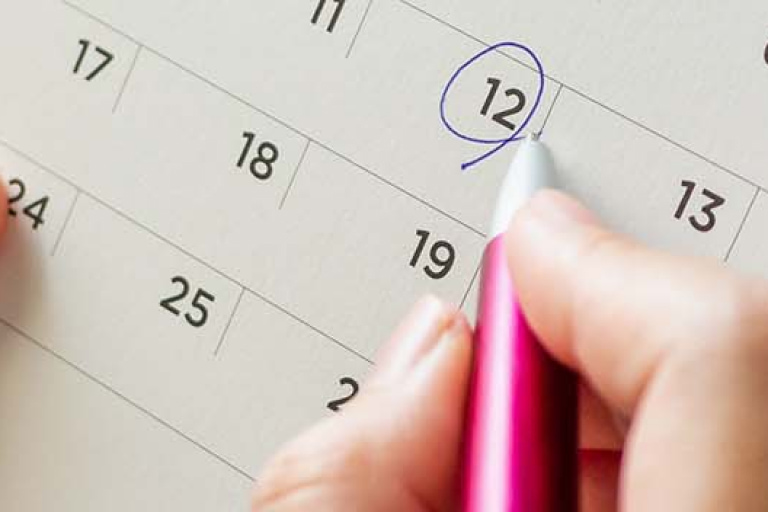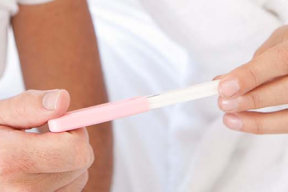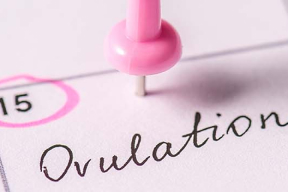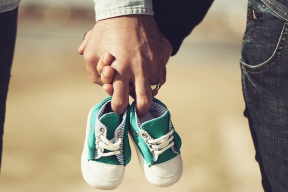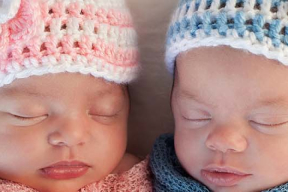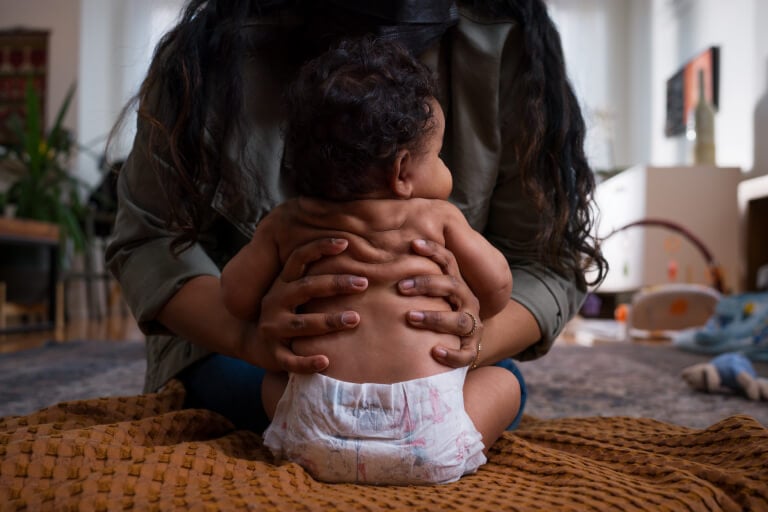When is the best time to get pregnant in a woman’s cycle?
To optimize your chances for conception, you could plan intercourse so that ovulation occurs when the greatest number of sperm are alive and swimming towards one of your fallopian tubes.Timing sex to the day before you ovulate will boost the chances of lots of sperm making it to your fallopian tubes, ready for the release of the egg.
Under the right conditions, the best-swimming sperm can swim through the cervix into the womb in just a couple of minutes, a feat worthy of an Olympic swimmer when you consider their size and the distance they need to travel.
But because a small number of sperm are long-living, particularly girl sperm, having sex up to a week before ovulation may also result in pregnancy.
The most important thing you need to know if understand if you are planning to have a baby is your own cycle and when you are likely to ovulate.
What changes happen in my body around the best time to get pregnant?
If conception does not occur shortly after ovulation, the unfertilized egg passes out of the body and the whole process is repeated, getting ready for the next egg.
Following menstruation, your body’s hormone levels begin to rise. As the days progress, the walls of your uterus thicken and become engorged with blood, preparing for the implantation of a fertilized egg.
There is also a change in vaginal mucus. As the time of ovulation nears, the mucus becomes thin, stretchy, slippery, and clear—a bit like an egg white. It goes through chemical changes designed to help sperm to swim rapidly towards the fallopian tubes.
Ovulation normally occurs at the same time each month, theoretically in the middle of your cycle. So in a standard 28-day cycle, ovulation will in theory occur on the 14th day after menstruation.
Around 20% of women are thought to experience ovulation pain. That is where they can feel anything from a slight twinge to strong painful cramps around the time of ovulation. The increased levels of the hormone progesterone will cause a rise in your body’s basal (resting) temperature, from around 0.2 degrees Celsius to 1.6 degrees just after ovulation. This creates a more receptive environment for implantation.
This slightly elevated body temperature happens after ovulation. Many fertility experts believe pregnancy is less likely once the temperature has risen. It's often only useful to give an idea about when ovulation occurred. You may still have a higher basal temperature until your progesterone levels drop around 10 days later, triggering menstruation.
The rise in your body’s temperature combined with the changes in cervical mucus are important indicators of the stages of your body’s cycle.
What ages offer the best time to get pregnant?
But while women are physically capable of carrying a baby well into their forties (and even fifties), their chances of releasing eggs that will sustain a successful pregnancy will generally decline after the age of 35.
Between the ages of 20 and 27, eggs and fertility levels are at their peak. But up to the age of 35, while egg quality will decline slightly, women are still in a period of high fertility. Each year after 35, however, there is a significant decline in the quality of the eggs.
Peak fertility for men is normally early to mid-twenties. While men do experience age-related fertility decline it is not as universal as that of women.
When high-profile men father children in their 70s and beyond, it’s often—wrongly— assumed that men remain fertile as they age, despite significant research to the contrary.
From 30, a man’s levels of the hormone testosterone, which is necessary for the maturation of sperm, begin to reduce slowly. After the age of 40, men’s testes start to shrink and the quality and quantity of the sperm that they produce slowly declines over time.
But while biologically the best time to get pregnant may be in your early 20s, this is often not a practical option for many prospective parents who need a few more years to complete their education, establish job security, meet a suitable partner, or just enjoy a carefree existence for a little longer.
In the end, the best time to get pregnant is as often about emotional as well as biological readiness.
The information of this article has been reviewed by nursing experts of the Association of Women’s Health, Obstetric, & Neonatal Nurses (AWHONN). The content should not substitute medical advice from your personal healthcare provider. Please consult your healthcare provider for recommendations/diagnosis or treatment. For more advice from AWHONN nurses, visit Healthy Mom&Baby at health4mom.org.
